The Seaboard Review of Books August 25, 2025
Volume 2, Issue 32 of The Seaboard Review of Books, August 25, 2025
In this “Weird Fiction” issue:
Hemo Sapiens by Emily Weedon
Invisible Line by Su J. Sokol
False Bodies by J.R. McConvey
Roth: Wheetago War Book One by Richard Van Camp (Author), Christopher Shy (Illustrator)
Uncertain Sons and Other Stories by Thomas Ha and Zegaajimo, Indigenous Horror Fiction
Also, in Poetry:
the book of sentences by rob mclennan
Review of the Week
Hemo Sapiens by Emily Weedon
Hemo Sapiens is a spicy cocktail of horror, eroticism, and feminism with a real bite – perhaps a Bloody Mary with real blood substituted for the tomato juice. Or, as the author colourfully puts it in her foreword, “a sort of vagina dentata on wheels.” The protagonist is Luke Stockton, a straight-arrow detective who, as the plot proceeds, can’t figure ou…
Fiction
Invisible Line by Su J. Sokol
Readers get a number of cues to tell them Su J. Sokol’s novel Invisible Line is a work of speculative fiction. The use of holograms for communication and advertising, the practice of embedding ID chips in citizens’ wrists, and political changes like the United States becoming the United Americas are a few examples of the speculative elements included. N…
False Bodies by J.R. McConvey
Inspired by Kraken stories from Newfoundland, J.R. McConvey found himself diving more deeply into the subject for False Bodies, his debut novel. In an interview with NQ, McConvey talks about his interest in monsters since he was a kid, squids in particular since the two years he spent on Jeju Island. Then he found the
Roth: Wheetago War Book One by Richard Van Camp (Author), Christopher Shy (Illustrator)
In the first twenty years or so of this new century, it was zombies who dominated the scene in literature, film, and comic books. Books and films like The Walking Dead and World War Z featured mindless zombies wandering with singular appetites reflecting a world marked by decreasing intelligence, where free will was increasingly being hampered by a smar…
Reading Weird Fiction: A Review of Two New Collections
Reading a book in the horror genre these days may seem counterintuitive, given the amount of actual atrocities occurring in various parts of the world. However, the type of horror contained in the two short fiction collections that follow are not of the slasher type of horror. Nor do they involve vampires and that sort of traditional monster we may thin…
Michael Greenstein Reviews:
Hot Takes: Brief Notes on Books Present & Past
(Note: clicking on the underlined link takes you to the book’s publisher page or Amazon.ca for more information or for purchasing purposes. Support your local bookseller or independent publisher if you can.)
Moon of the Crusted Snow by Waubgeshig Rice
Ever since reading Robert Merle’s Malevil in the 1970s, I’ve been intrigued by post-apocalypse stories. I enjoy writers’ depictions of what life might be like after major disasters. What will happen to society? How will we survive? Moon of the Crusted Snow by Waubgeshig Rice explores this issue in the setting of a small northern Anishinaabe community. When the power goes out, the community is cut off from the rest of the world. Despite having grown accustomed to certain conveniences, the Anishinaabe community members are in some ways better positioned to weather the storm (or storms, as winter is just setting in), despite the fact that the effects of colonialism have eroded some of their traditional knowledge.
When members of their community return, after a harrowing journey, from post-secondary school in a different locale, the residents come to realize that the power outage is no isolated issue. Civilization in the city the two students escaped from has descended into chaos, and it appears to be a widespread issue, perhaps worldwide, though we don’t really know.
As the events unfold, Rice depicts the effect of the calamity on social structure, the steps taken to survive, and the effect of newcomers who threaten to unbalance the harmony of the community. The plot line kept me reading, and Rice’s inclusion of Anishinaabe terms and culture added texture to the post-disaster plot. An interesting read, and a different take on the post-apocalypse trope. (Contributed by Lisa Timpf)
Support Us!
Ko-fi: you can choose from one-time donations to a $5/month membership.
Patreon: memberships from $3/month on up.
PayPal.me/theseaboardreview For one-time payments.
We also appreciate any “likes” and “shares” on social media! @theseaboardreview on most platforms (except X).
Thanks for reading this issue of The Seaboard Review of Books!
James M. Fisher, editor-in-chief





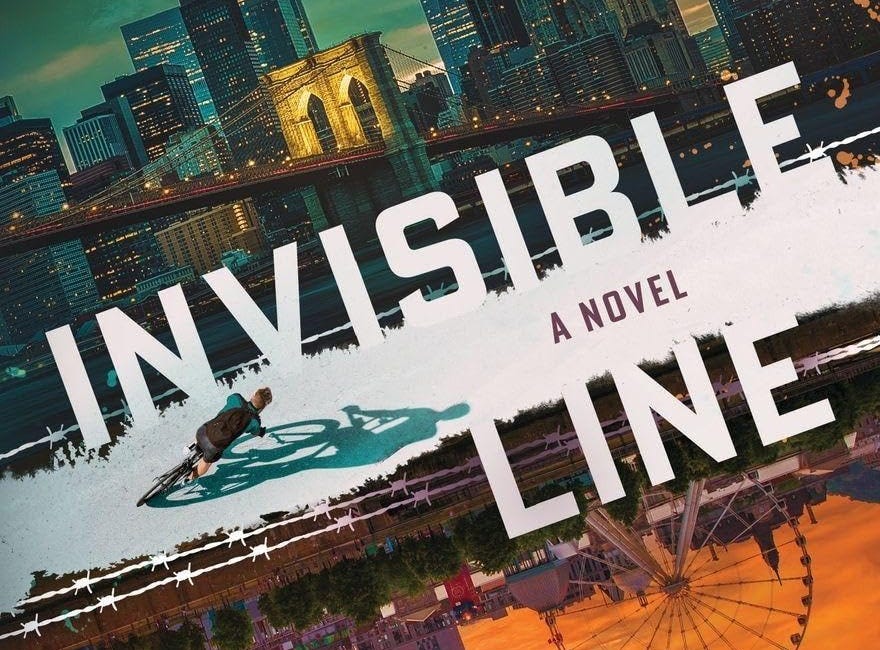
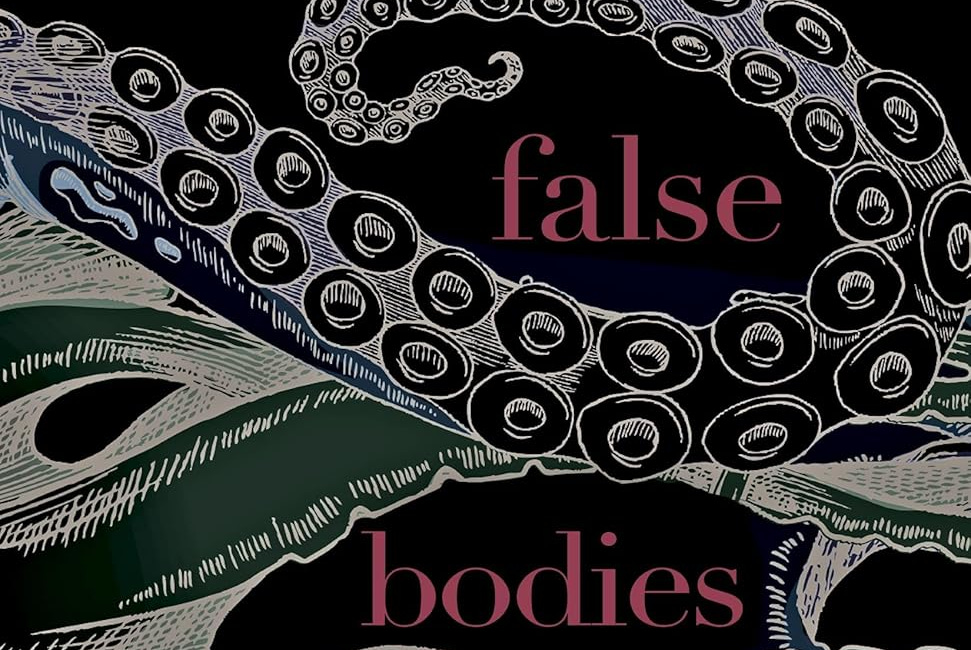
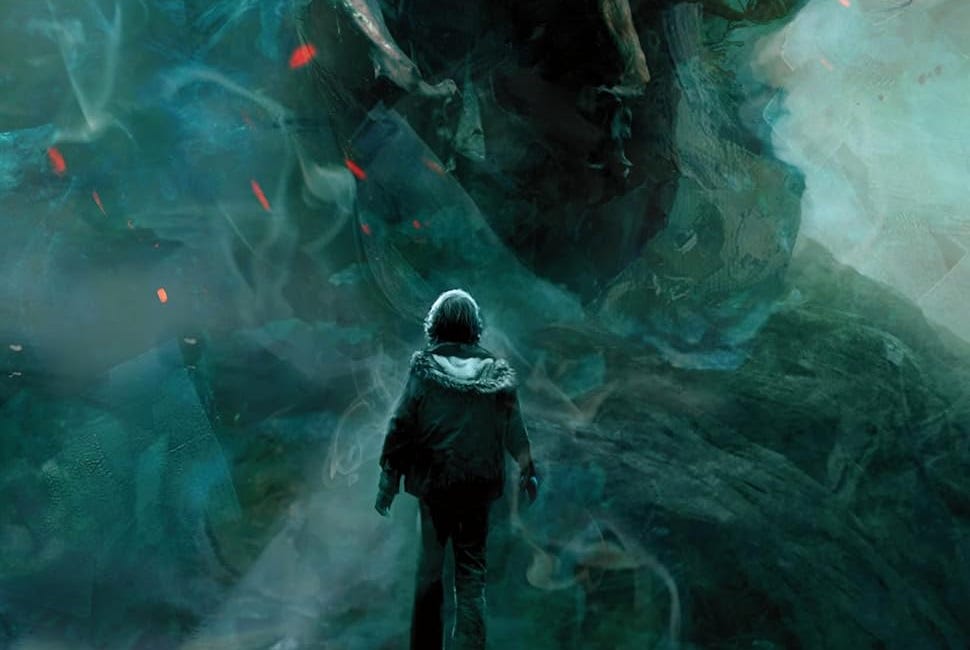
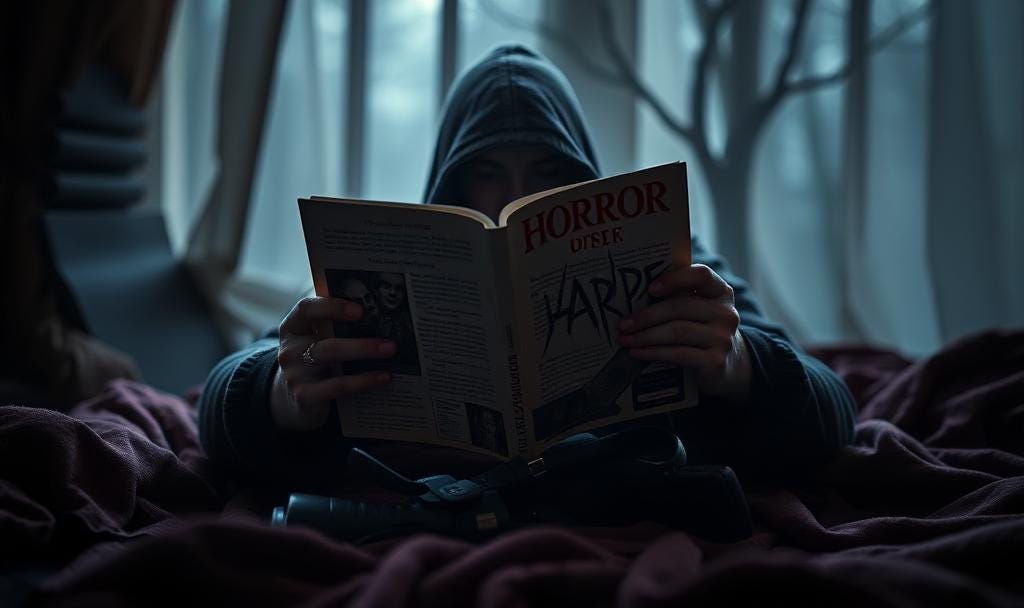

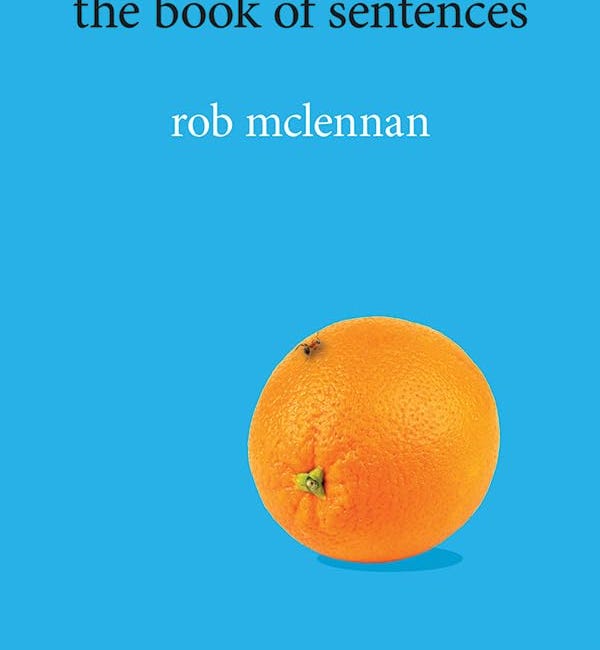



So delighted to read the review of Richard Van Camp's newest book. He is a wonderful person, and was such a great mentor to me, as WIR at the Lethbridge Public Library during Covid lockdown. He worked with me personally and encouraged me to keep going, when I was at my lowest ebb. I am excited that he has a new book in the world and the illustrations look amazing. Thanks for highlighting their work!